- Home
- Foot & Ankle Conditions
- Arthritic Conditions
- Ankle Arthritis
Arthritic Conditions: Ankle Arthritis
- Published 11/1/2017
- Last Reviewed 12/1/2023
What's ankle arthritis?
Ankle arthritis, a form of osteoarthritis, is a degenerative condition in which the cartilage and ligaments of the ankle joint wear thin and eventually break down.
Without cartilage to cushion and protect the bones from the friction of motion, bone fragments and spurs develop, causing joint pain and stiffness.
Ankle arthritis is a progressive degenerative disease, but getting treatment quickly can help preserve joint function and prevent permanent damage.
-
Foot and Ankle Surgeon at University Foot and Ankle Institute
Dr. Abimbola Johnson completed his undergraduate degree at Loyola University Chicago, where he played Division II rugby and was also involved in social justice clubs aimed at helping younger students prepare for college.
Upon graduation, he entered Scholl College of Podiatric Medicine, where he served as president of the practice management club and volunteered as coordinator at the Free Foot Clinic in Chicago. He served his residency at Regions Hospital/Health Partners in St. Paul.
Dr. Johnson provides comprehensive medical and surgical care for a wide spectrum of foot and ankle conditions, including common and complex disorders and injuries. The doctor is uniquely qualified to detect the early stages of disease that exhibit warning signs in the lower extremities, such as diabetes, arthritis, and cardiovascular disease.
Dr. Johnson can be seen at our Santa Barbara location
 The care Dr Baravarian and his team provided me was simply the best. His diagnosis, surgery and follow up have resulted in my f...Craig H.
The care Dr Baravarian and his team provided me was simply the best. His diagnosis, surgery and follow up have resulted in my f...Craig H. Very good. Everyone cares about your health. Dr Jafary listens to your concerns and addresses them.Ronald S.
Very good. Everyone cares about your health. Dr Jafary listens to your concerns and addresses them.Ronald S. Dr. Gary Brisken has been my doctor going on two years. He's a very kind and thoughtful physician. The heath of my feet has imp...Mark P.
Dr. Gary Brisken has been my doctor going on two years. He's a very kind and thoughtful physician. The heath of my feet has imp...Mark P. Request a different therapist for my next visit coming up on October 29 had a lot of bleeding on my big toePamela B.
Request a different therapist for my next visit coming up on October 29 had a lot of bleeding on my big toePamela B. I got an appointment right away when I called. I didn’t have to wait long when I showed up for my scheduled time and the staff ...Ashlee R.
I got an appointment right away when I called. I didn’t have to wait long when I showed up for my scheduled time and the staff ...Ashlee R. Dr Johnson listens and his thoughtful about options.Terry E.
Dr Johnson listens and his thoughtful about options.Terry E. Outstanding doctor!! Very kind, helped me with all my pains!!
Outstanding doctor!! Very kind, helped me with all my pains!!
I'm grateful for Dr. Franson.Gail O. Absolutely the best!William B.
Absolutely the best!William B. I have been coming to UFAI for over 15 years. My experience is always positive. My troublesome feet are always cared for and he...Elizabeth N.
I have been coming to UFAI for over 15 years. My experience is always positive. My troublesome feet are always cared for and he...Elizabeth N. I liked the doctor. He seemed very efficient, knowledgeable, not rushed, and immediately recognized my problem. The nurse who ...Elaine V.
I liked the doctor. He seemed very efficient, knowledgeable, not rushed, and immediately recognized my problem. The nurse who ...Elaine V. I have been treated by Dr. Jafari for a little over a year now and he is absolutely the best! He really listens, he cares, and...Debbie B.
I have been treated by Dr. Jafari for a little over a year now and he is absolutely the best! He really listens, he cares, and...Debbie B. First time at the Foot and Ankle Institute and I had a very positive experience. I have already recommended them to my colleague.Jill H.
First time at the Foot and Ankle Institute and I had a very positive experience. I have already recommended them to my colleague.Jill H.
-
 When the Cartiva Big Toe Joint Implant Fails
Read More
When the Cartiva Big Toe Joint Implant Fails
Read More
-
 How to Apply for Social Security Disability with Arthritis
Read More
How to Apply for Social Security Disability with Arthritis
Read More
-
 Listen Now
7 Causes of Inner Ankle Pain Revealed!
Read More
Listen Now
7 Causes of Inner Ankle Pain Revealed!
Read More
-
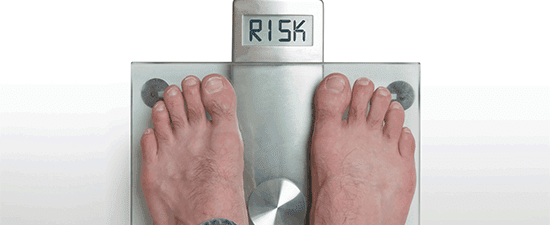 Listen Now
How Carrying Extra Weight Affects Your Feet and Ankles
Read More
Listen Now
How Carrying Extra Weight Affects Your Feet and Ankles
Read More
-
 Listen Now
Bunions vs. Big Toe Arthritis, What's the Difference?
Read More
Listen Now
Bunions vs. Big Toe Arthritis, What's the Difference?
Read More
-
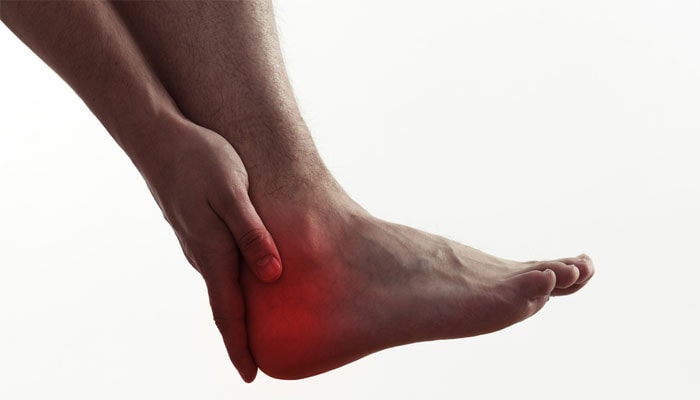 Listen Now
Curing the Painful Grind of Foot and Ankle Arthritis (Osteoarthritis)
Read More
Listen Now
Curing the Painful Grind of Foot and Ankle Arthritis (Osteoarthritis)
Read More
-
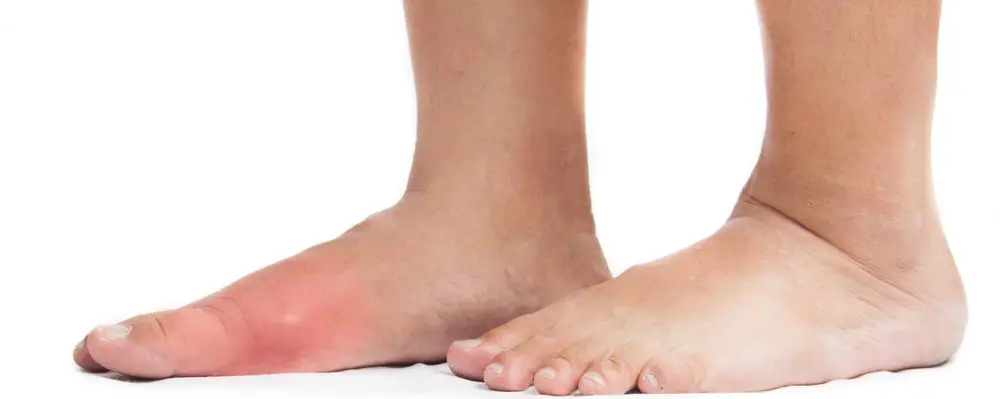 Listen Now
Got Big Toe Bumps and Lumps? Here’s 5 Things You Need to Know
Read More
Listen Now
Got Big Toe Bumps and Lumps? Here’s 5 Things You Need to Know
Read More
-
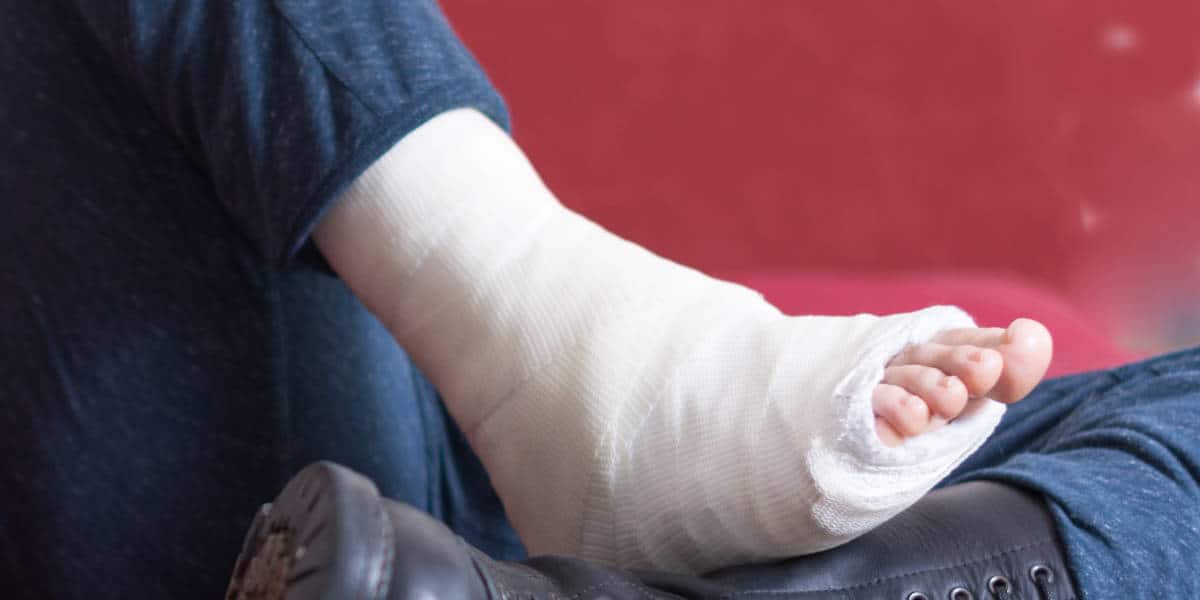 Listen Now
Dr.'s Most Interesting Cases: the Heel that wouldn't Heal!
Read More
Listen Now
Dr.'s Most Interesting Cases: the Heel that wouldn't Heal!
Read More
-
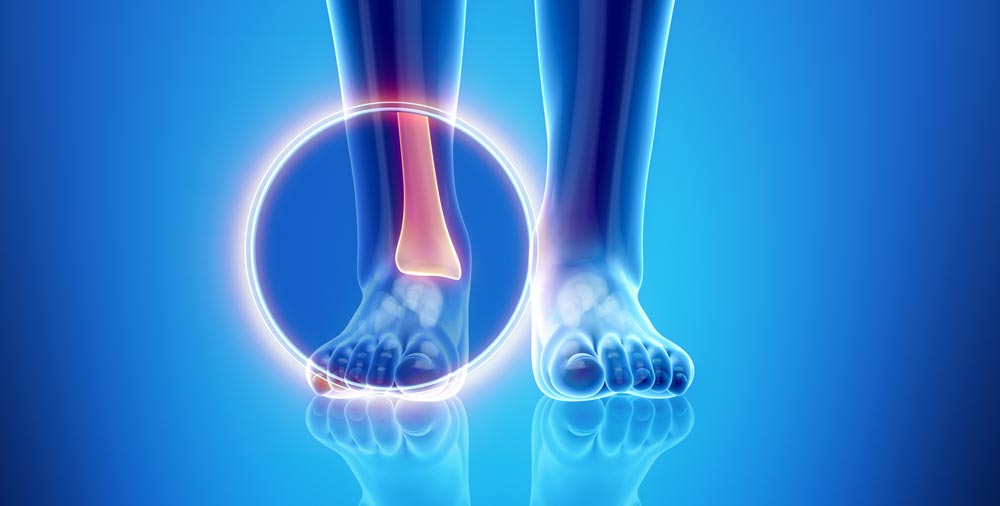 Listen Now
Yes, Humans Can Regrow Cartilage! (new study)
Read More
Listen Now
Yes, Humans Can Regrow Cartilage! (new study)
Read More
-
 Listen Now
Is there a link between gout and heart disease? Studies Say Yes
Read More
Listen Now
Is there a link between gout and heart disease? Studies Say Yes
Read More












